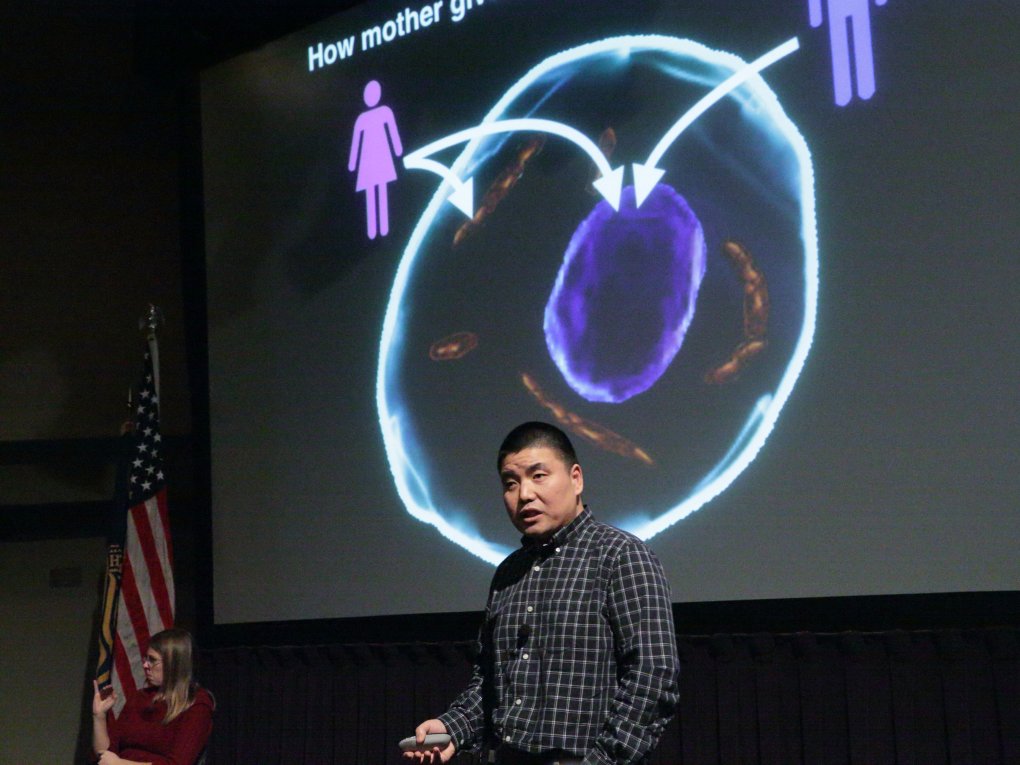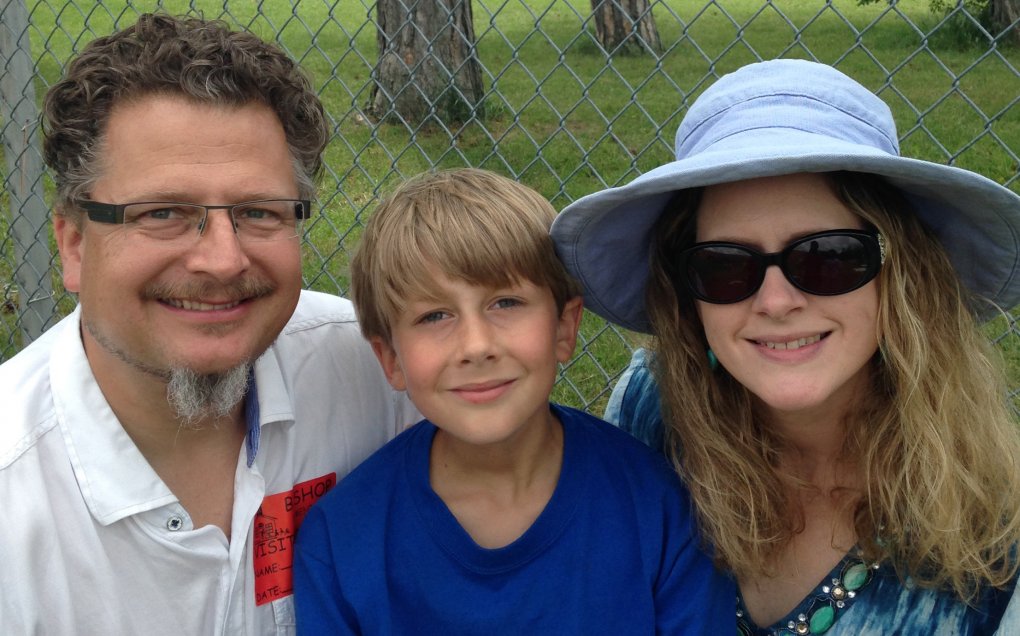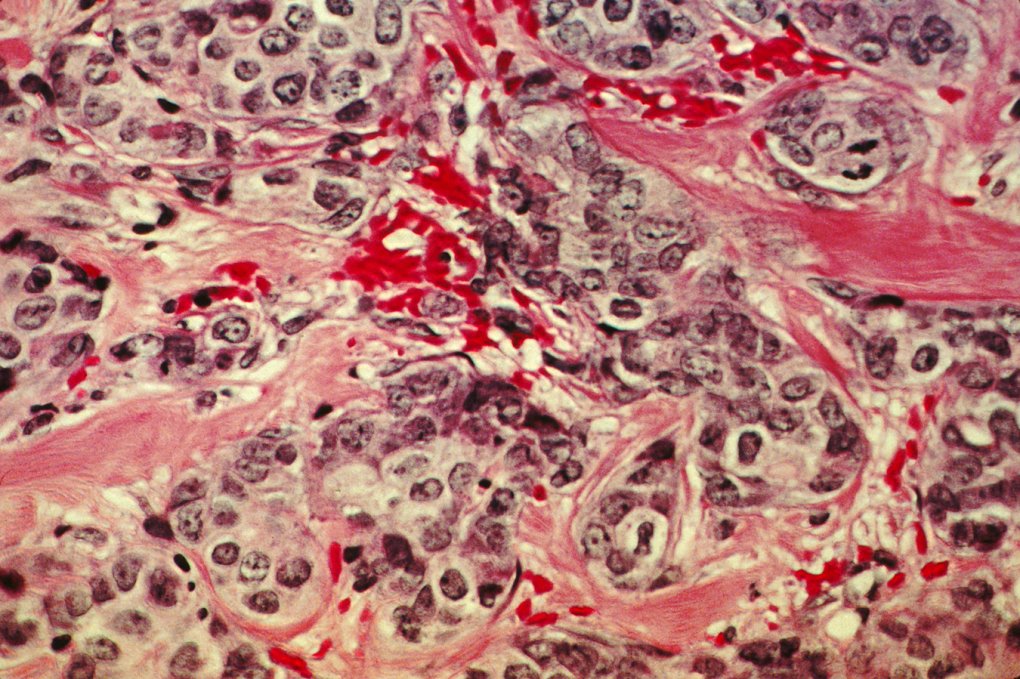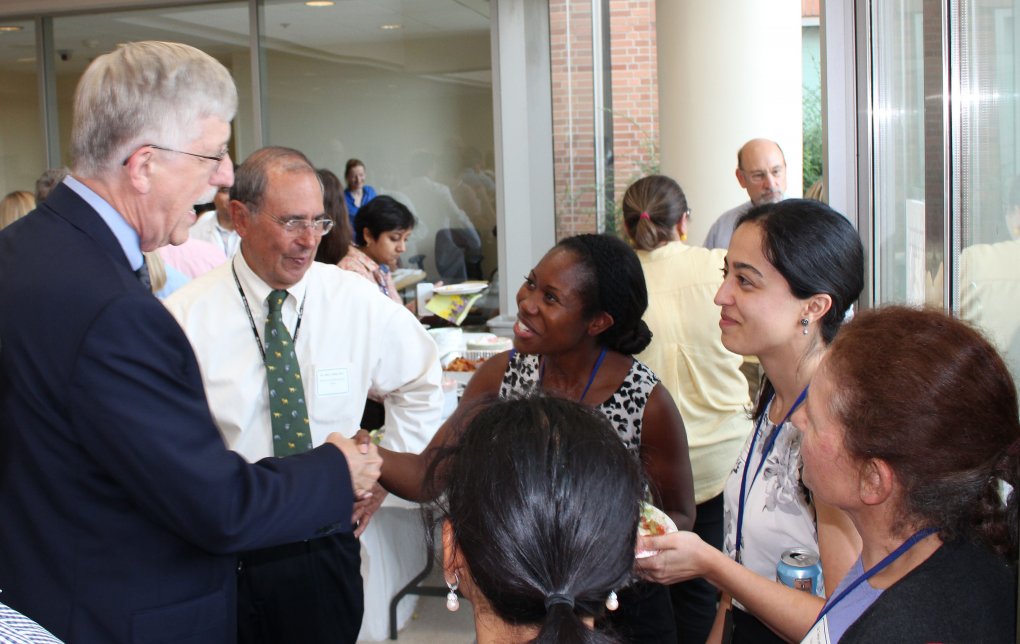Four NIH IRP Researchers Elected to National Academy of Medicine
This year, members of the National Academy of Medicine elected four NIH Intramural researchers to their ranks, one of the highest honors in science. Learn a bit about each of their research and follow the links to their IRP profiles for more information.








